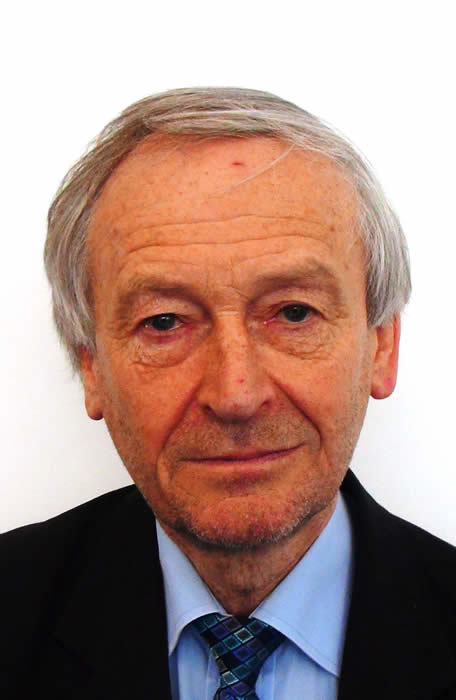A Shetland councillor has called for speed cameras to be introduced at the islands’ accident blackspots.
Shetland South member Allison Duncan told the community safety and resilience board committee last week that Shetland faces “a major catastrophe” unless road users are kept more strictly in check.
Mr Duncan, the committee’s vice chairman made the suggestion after a report given by police chief inspector Lindsay Tulloch showed the amount of people detected for speeding in the isles had increased over the last couple of years.
In 2013/14 a total of 93 drivers were caught over the speed limit, compared to 126 in 2014/15.
Mr Duncan, who admitted speeding in the past himself, cited dangerous roads in his south mainland ward, such as Levenwick and Quarff, as reasons why stricter measures should be imposed.
He noted promised improvements in road quality, including at the notoriously narrow stretch of the A970 near Levenwick, where an articulated truck crashed down an embankment in January.
“But has the time not come where we have to have speed cameras?” he asked.
Mr Duncan said it would be a “cheaper method” than upgrading roads, adding that Shetland is reaching a “crisis situation with a certain few speedsters”.
Income taken through fines could be used to pay back the costs of setting up the cameras, he believed.
Insp Tulloch said: “I would welcome anything that will reduce accidents. It’s a real consideration, and I’m more than willing to consult to see how to bring it forward.”
He added that a mobile speed camera unit could work best due to the sparse nature of the isles.
Committee chairman Alistair Cooper, however, was “not convinced” speed cameras were the answer.
He suggested that an average speed check across a greater length of road would be more effective than a single camera.
